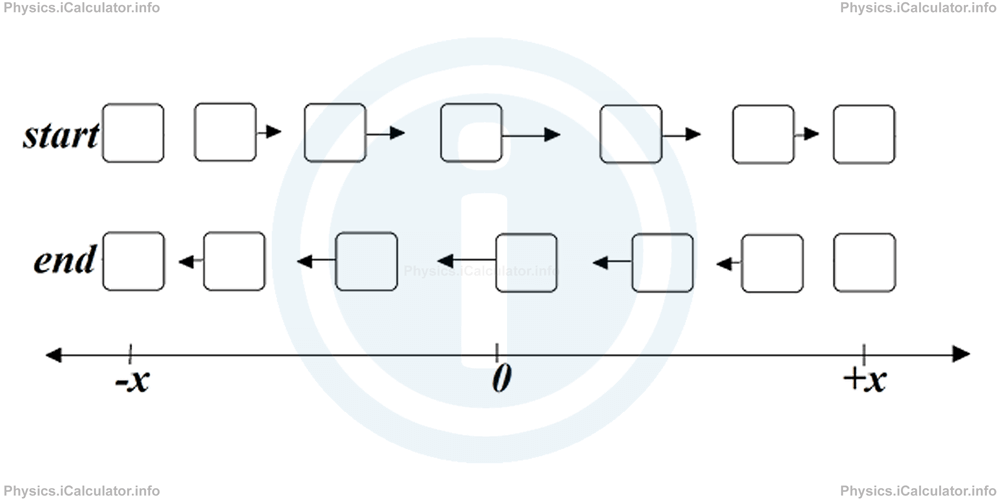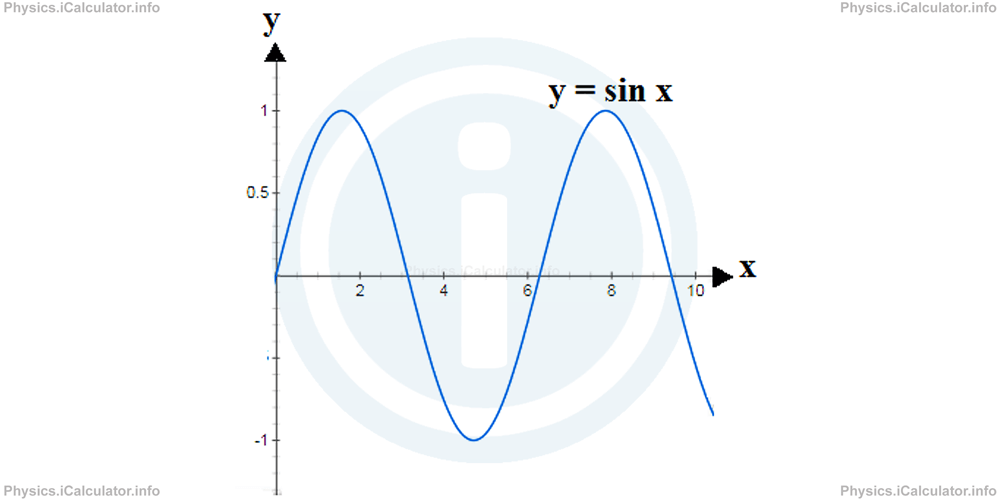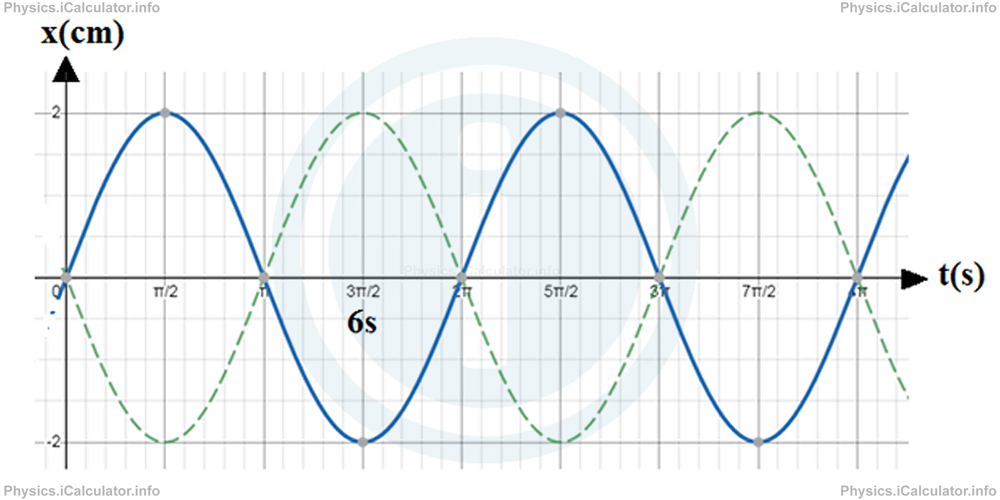Menu
Physics Lesson 10.1.4 - Equation of Simple Harmonic Motion
Please provide a rating, it takes seconds and helps us to keep this resource free for all to use
Welcome to our Physics lesson on Equation of Simple Harmonic Motion, this is the fourth lesson of our suite of physics lessons covering the topic of Simple Harmonic Motion, you can find links to the other lessons within this tutorial and access additional physics learning resources below this lesson.
Equation of Simple Harmonic Motion
Let's consider an object moving back and forth from -x to + x and again to -x through the equilibrium position 0 as shown in the figure below.

You can see that the farther from the equilibrium position, the slower the object moves. From here, we can deduce that the acceleration becomes zero it a short instant when the object needs to turn back, i.e. when it reaches the maximum displacement from the equilibrium position. Such a situation is similar to that of an object thrown vertically upwards. Remember that in such cases, the object reaches a maximum position, stops for a while and then it turns back (falls down). The only difference is that in SHM this process occurs in both sides of the trajectory.
If we look for an appropriate function to describe mathematically the simple harmonic motion, we will understand that the function, which fits more to it, is the sine (or cosine) function. Below, a sine function (y = sin x) is shown.

Here are the reasons why sine or cosine functions are better in this regard.
- Both sine and cosine functions have an equilibrium position and two extremities: one maximum and one minimum, just like the SHM. When used to describe SHM, the maximum and the minimum of the sine function represent the turning points, i.e. the distance from the origin to these points gives the amplitude A, which is the maximum displacement from the origin. In many cases, the amplitude is also denoted as x0 or xmax.
- Like in rotational motion (which has many similarities to SHM as they both are periodic), we use the concept of period T to describe the time needed to do one complete oscillation. As a result, we can also make use of related concepts such as frequency f, where f = 1/T, angular velocity (which here is known as angular frequency) ω = 2π / T = 2π × f, and so on.
In mathematics, the simplest sine function in which the time t is the independent variable and the position x is the dependent one, has the form
If the graph does not start at the origin but it is shifted from it, we insert the angular displacement φ in the above equation, so it becomes
The initial angular displacement φ here is known as the "phase shift". Look at the figure, from which we will explain how to interpret a SHM sine graph.

The solid line represents the x(t) = x0 × sin ω × t. It is shown only for a better understanding of the dotted line graph that represents the x(t) = x0 × sin (ω × t + φ) graph, for which we are interested.
Thus, since the dotted graph starts at the origin but is first goes down and then it moves up, there is a half oscillation shift in respect to the normal sine graph. Therefore, the phase shift is π radians (π radians = 1800 = half a rotation or cycle).
Also, you can see that the maximum displacement from the origin is 2 cm. This means the amplitude x0 = 2 cm.
At last, there is an information regarding the time. Thus, three quarters of a complete oscillation is done in 6s (N = 3/4 and t = 6s). This means one compete oscillation (period T) is done in
Thus,
Therefore, the equation of SHM shown in the graph becomes
This equation helps us find the position x of the oscillating object at any instant t. Obviously, this position fluctuates between x = + 2 cm and x = -2 cm as the magnitude of x(t) cannot be greater than the amplitude x0.
You have reached the end of Physics lesson 10.1.4 Equation of Simple Harmonic Motion. There are 6 lessons in this physics tutorial covering Simple Harmonic Motion, you can access all the lessons from this tutorial below.
More Simple Harmonic Motion Lessons and Learning Resources
Whats next?
Enjoy the "Equation of Simple Harmonic Motion" physics lesson? People who liked the "Simple Harmonic Motion lesson found the following resources useful:
- Equation Feedback. Helps other - Leave a rating for this equation (see below)
- Oscillations Physics tutorial: Simple Harmonic Motion. Read the Simple Harmonic Motion physics tutorial and build your physics knowledge of Oscillations
- Oscillations Revision Notes: Simple Harmonic Motion. Print the notes so you can revise the key points covered in the physics tutorial for Simple Harmonic Motion
- Oscillations Practice Questions: Simple Harmonic Motion. Test and improve your knowledge of Simple Harmonic Motion with example questins and answers
- Check your calculations for Oscillations questions with our excellent Oscillations calculators which contain full equations and calculations clearly displayed line by line. See the Oscillations Calculators by iCalculator™ below.
- Continuing learning oscillations - read our next physics tutorial: Pendulums. Energy in Simple Harmonic Motion
Help others Learning Physics just like you
Please provide a rating, it takes seconds and helps us to keep this resource free for all to use
We hope you found this Physics lesson "Simple Harmonic Motion" useful. If you did it would be great if you could spare the time to rate this physics lesson (simply click on the number of stars that match your assessment of this physics learning aide) and/or share on social media, this helps us identify popular tutorials and calculators and expand our free learning resources to support our users around the world have free access to expand their knowledge of physics and other disciplines.